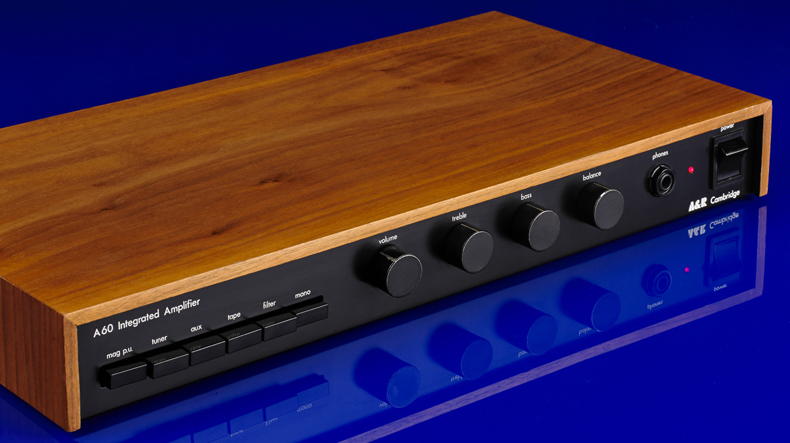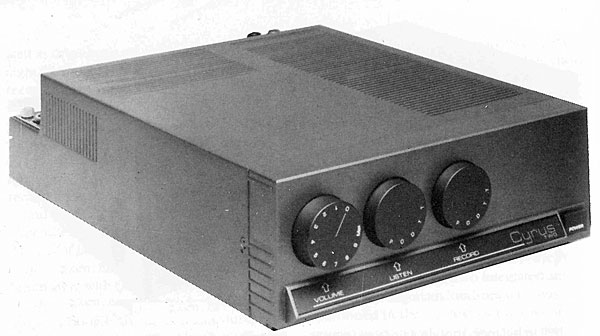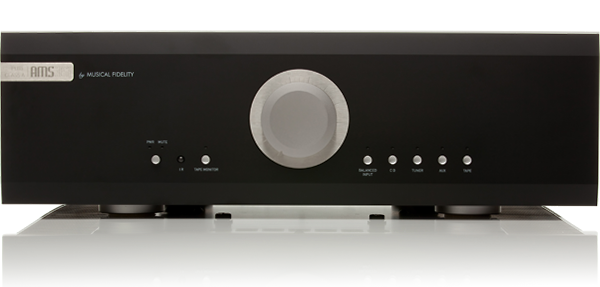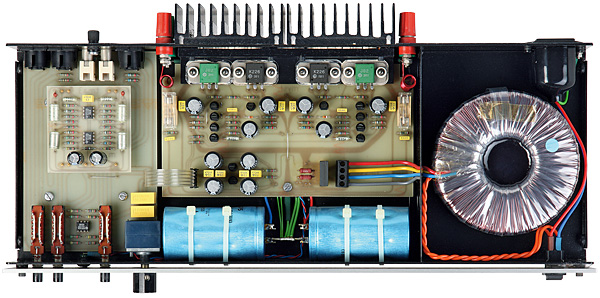Most amplifiers from the 1980s weren’t anything to write home about, especially the gadget-laden behemoths. But Marantz’s flagship was unique – a hefty 25kg integrated that cost £1,000 and featured the company’s odd ‘Quarter-A’ technology, which handled lower-level signals up to a quarter of the maximum power output in pure Class A. However, when the amp was required to pump higher levels, it converted to Class AB, resulting in a respectable 140W RMS per channel – the system was surprisingly successful in practice.
It used meticulously defined, high-grade componentry, as is customary for designer Ken Ishiwata. To eliminate microphony, vital signal capacitors were damped copper styrol types, while primary power capacitors were damped with ceramic powder. The chassis, as well as the majority of the power transistor and case screws, were all copper to reduce sound-degrading eddy currents. The transformer was also a massive centrally positioned toroid for good measure. Finally, rather than using a proprietary IC phono stage or a hasty discrete transistor replacement, Marantz specified a high-quality LC-OFC wound transformer.
The ’94 was a nicely fettled design, rather than a steroidally improved version of your usual gadget studded Japanese amp. It sounded fantastic when the Source Direct option was used to bypass all of the superfluous bells and whistles. It was an exceptionally sweet, clean, clear performer at regular listening levels, with an incredible capacity to let music flood out of your speakers. When the velvet fist was thrust into action with a clockwise twist of its beercan-sized volume control, it transformed into an iron battering ram capable of mowing down even the most inefficient loudspeakers.
Because of the excellent engineering, all of the PM-94s that made it to the UK should still be running like a dream today. There’s a lot to be said for buying a used machine, especially when you consider Marantz’s superb after-sales support. Unfortunately, because the amp is already a cult classic, it isn’t as inexpensive as most of its contemporaries of the era — expect to pay up to £400 for a great example. Even at this low price, it is a fantastic classic amplifier.







